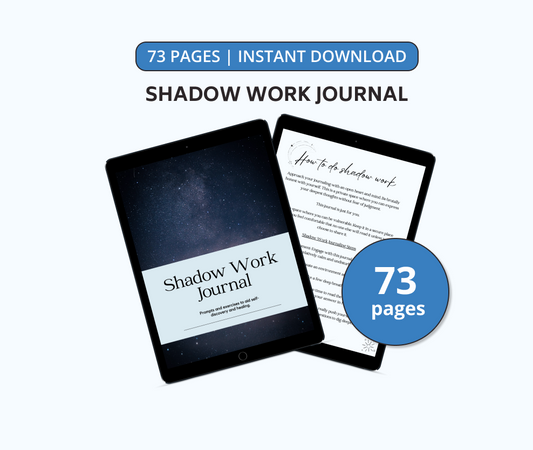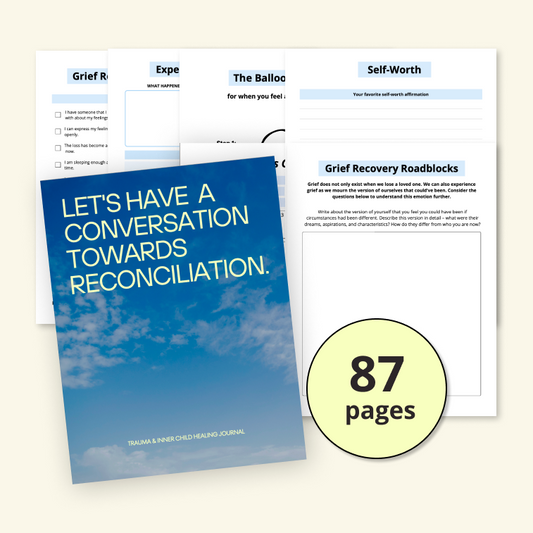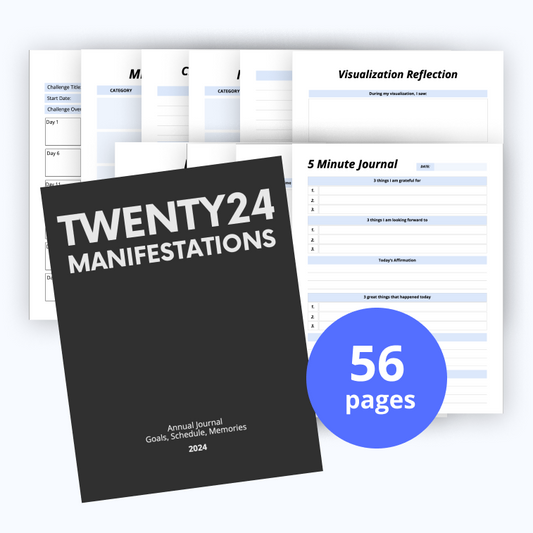Living with Dissociative Identity Disorder (DID) can feel like exploring a maze without a map.
You’re not alone in this journey, and finding the right coping strategies can illuminate the path ahead, bringing clarity and a sense of control.
With DID, your experiences are unique, but there are proven methods to help manage the challenges that come your way.
Understanding and embracing your condition is the first step toward empowerment.
By exploring various coping strategies, you’ll discover tools that resonate with your personal experience. From grounding techniques to therapy options, there’s a world of support waiting for you.
Let’s begin on this journey together, uncovering the strategies that will help you live a more harmonious life with DID.
Understanding Dissociative Identity Disorder
When it comes to exploring the complexities of Dissociative Identity Disorder (DID), it’s like trying to solve a puzzle without seeing the picture on the box.
DID, previously known as Multiple Personality Disorder, is more than just a plot twist in your favorite thriller — it’s a real and challenging condition that affects many people worldwide.
At its core, DID is characterized by the presence of two or more distinct personality states or identities within a single individual.
These identities can have their unique names, ages, histories, and even mannerisms.
Imagine waking up one day and finding out that you’ve been several different people without even knowing it.
Sounds like something out of a movie, right? But for those living with DID, it’s their reality.
Why Does DID Happen?
Let’s break it down: DID usually stems from severe trauma during early childhood, often extreme, repeated physical or emotional abuse.
The mind copes with this trauma by compartmentalizing those experiences into separate identities.
Think of it as the brain’s way of hitting the "eject" button on experiences it can’t process.
It’s not about forgetting; it’s about surviving.
Recognizing the Signs
So, how do you know if you or someone you love might have DID?
Here are a few signs to watch out for:
- Sudden Memory Loss: Significant gaps in memory that go beyond typical forgetfulness.
- Distinct Identities: The presence of two or more identities, each with their own perceptions and interactions.
- Feeling Detached: A sense of being disconnected from oneself or one’s surroundings.
- Varying Abilities: Abilities or knowledge that appear and disappear, e.g., speaking a foreign language you never learned.
Understanding DID is the first step towards empowerment.
Recognizing that this isn’t just quirks or odd habits but a response to past trauma can be liberating. It opens up the path to acceptance and leads toward finding effective ways to manage and live with DID.
From dedicated therapy options to grounding techniques and, yes, even specialized digital tools like guided journals can offer support and clarity in an often confusing journey.
Embracing Your Condition
Let’s face it, living with Dissociative Identity Disorder (DID) can feel like being the main character in a movie that’s too complex to predict.
But here’s the kicker – embracing your condition could be the plot twist you didn’t know you needed.
First up, recognizing your experiences.
DID is more than just having a quirky alter ego; it’s about understanding that your brain has crafted a unique way to protect itself.
Yes, it’s confusing and challenging, but it’s also a testament to your resilience. Acknowledge your strength for dealing with something most can’t even fathom.
Onto the fun part - celebrating the diversity within.
Think of yourself as a walking, talking anthology of unique stories and perspectives.
Each identity has its own set of skills, memories, and characteristics. It’s like having access to multiple versions of yourself – how cool is that?
Use this as an opportunity to explore different hobbies, talents, and interests. Who knows what hidden gems you’ll discover?
Talking about discovery, let’s chat about guided journals from Wholesome.
These aren’t your average journals.
They’re specially designed for people juggling more than one identity. They help keep track of your day-to-day experiences, feelings, and shifting perspectives.
It’s a way to bridge the communication gap between your identities and create a better understanding of yourself as a whole.
Plus, it’s a great tool to bring to therapy sessions, giving you and your therapist a clear window into your inner world.
Don’t forget, there’s power in acceptance.
By embracing your DID, you’re not letting it define you. Instead, you’re recognizing it as part of your incredible journey.
And with the right tools and attitude, you’ll be amazed at how much you can achieve.
Grounding Techniques for Coping
Hey, got a minute? Let’s chat about something you’re likely dealing with if you’re reading this: coping with Dissociative Identity Disorder (DID).
It’s no walk in the park, but let’s tackle one thing at a time, starting with grounding techniques.
These are strategies that can literally keep you grounded and present, preventing you from getting too swept away by the rough waves of DID.
What’s Grounding?
In a nutshell, grounding is all about bringing your focus back to the here and now.
It’s like telling your brain, "Hey, let’s stay in the present."
This can be super helpful when you feel lost in your thoughts or when one of your identities is having a tough time.
Why It Rocks for Coping
Grounding techniques are like your mind’s anchor.
They can:
- Pull you back from distressing feelings or memories.
- Reduce the feeling of being overwhelmed.
- Help manage flashbacks or intrusive thoughts.
Let’s get into some techniques you can try.
- 5-4-3-2-1 Method: This involves identifying 5 things you can see, 4 you can touch, 3 you can hear, 2 you can smell, and 1 you can taste. It’s a sensory checklist that can bring you back to reality, pronto.
- Deep Breathing: Simple yet powerful. Focusing on slow, deep breaths can help you center your thoughts when things get too intense.
- Nature Bonding: Step outside for a bit. The sounds of nature, the feel of the breeze, or the warmth of the sun can work wonders in getting you back to the present.
- Physical Grounding: This can be anything from pressing your feet firmly on the ground to gently tapping a rhythm on your arm. It’s all about using physical sensations to keep you rooted.
Wholesome’s guided journals are crafted to be part of your journey, offering structured yet flexible support.
They can serve as a physical grounding tool, too. Jotting down your thoughts or working through your feelings on paper can be incredibly grounding.
Plus, flipping through pages can serve as a tactile method to help you stay present.
Therapy Options for DID
Exploring the world with Dissociative Identity Disorder (DID) can feel like trying to solve a Rubik’s Cube in the dark.
Don’t worry, though—you’re not alone, and there are solid game plans out there. Let’s cut through the confusion and talk therapy.
No, not the "lie on a couch and talk about your mother" stereotype, but real, life-changing strategies that can help you or your loved one tackle DID head-on.
First off, let’s get you acquainted with Cognitive Behavioral Therapy (CBT).
CBT is like having a mental toolbox. It gives you the strategies to manage those pesky intrusive thoughts and memories.
Think of it as your brain’s way of decluttering, teaching you how to toss out what doesn’t serve you and organize what does.
Next up, Dialectical Behavior Therapy (DBT).
If DID were a high-wave surfing competition, DBT would be your training to ride those waves like a pro.
It focuses on acknowledging and accepting your feelings without being overwhelmed by them. DBT is a bit like becoming the eye of the storm — calm, centered, and significantly less likely to get knocked over by a gust of wind.
And who could forget about EMDR (Eye Movement Desensitization and Reprocessing)?
This might sound like something straight out of a sci-fi movie, but it’s actually a highly effective treatment for trauma.
Picture it as your brain’s way of reorganizing a messy file cabinet. By simulating the eye movements we naturally make during REM sleep, EMDR helps process and file away those traumatic memories, so they stop jumping out and scaring you when you least expect it.
Finally, let’s talk about Support Groups.
Imagine sitting in a room (virtual or otherwise) with people who get it. They’ve been there, they understand the struggle, and they’re ready to share their tips and tricks.
It’s like having a squad of cheerleaders who know exactly what cheers to shout to spur you on.
Building a Support System
When you’re exploring the choppy waters of Dissociative Identity Disorder (DID), building a sturdy support system is not just helpful; it’s essential.
Think of it as constructing a life raft that’ll keep you afloat, even on your toughest days.
But where do you start?
Reach Out to Loved Ones
Yes, starting a conversation about DID with friends and family can feel like trying to explain quantum physics to your pet goldfish.
But, opening up about your experiences can create pathways for empathy, understanding, and support.
It’s about finding those few precious peeps who respond with "I’m here for you" rather than a bewildered stare.
Professional Help is Key
Let’s face it, exploring the world of mental health care can be as confusing as trying to assemble furniture without instructions.
Seeking out therapists and psychiatrists who specialize in DID can make a drastic difference.
These pros can offer you tools, strategies, and coping mechanisms that are like GPS coordinates leading you to a healthier mind.
Online Communities: Your Digital Cheerleaders
In an era where you can find a tutorial for anything under the sun, online forums and support groups for DID are gold mines of support.
Here, anonymity provides a comfort blanket for sharing, learning, and connecting without the fear of judgment.
It’s like having 24/7 access to a group hug from people who truly get it.
Support Groups: Real Talk in Real Time
Imagine a room where everyone understands your struggle because they’re riding the same roller coaster.
That’s what DID support groups offer. It’s a space for raw, unfiltered conversations, where insights and experiences are exchanged like trading cards, offering you perspective, camaraderie, and, most importantly, hope.
Building your support system is about stitching together a patchwork of people, professionals, and peers who can stand by you. It’s okay if it takes time to find the right fit.
The key is to keep reaching out, keep talking, and don’t forget, you’re not alone on this journey.
Your Next Steps
Exploring the complexities of Dissociative Identity Disorder is a journey that you don’t have to face alone.
Building a robust support system is crucial for your well-being and progress. By reaching out to loved ones, engaging with specialized therapists, and connecting with others through online communities, you’re crafting a life raft that will help you manage the challenges ahead.
Don’t forget, having a network of support not only provides you with practical coping strategies but also brings hope and camaraderie into your journey.
Embrace this opportunity to construct a circle of support that understands, empowers, and stands with you every step of the way.




